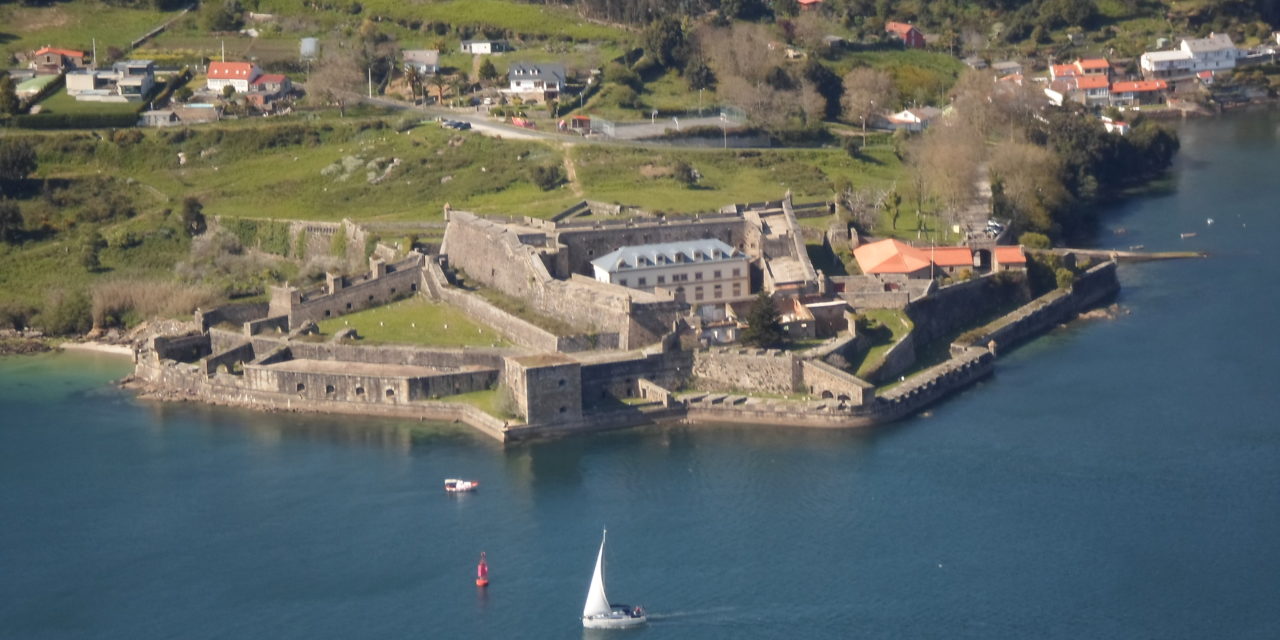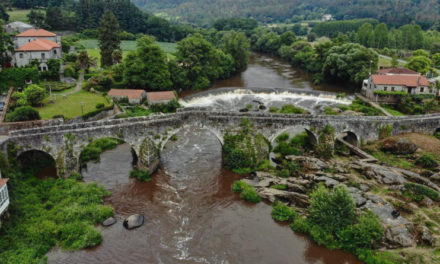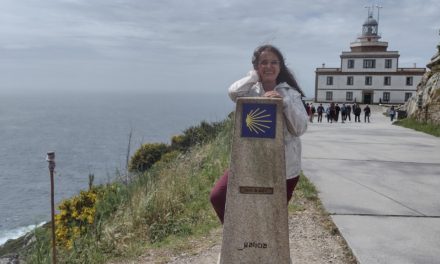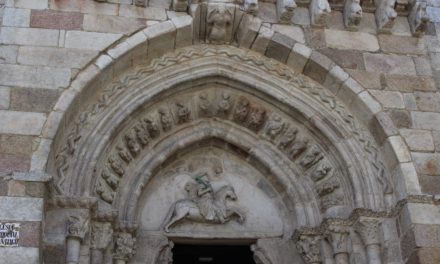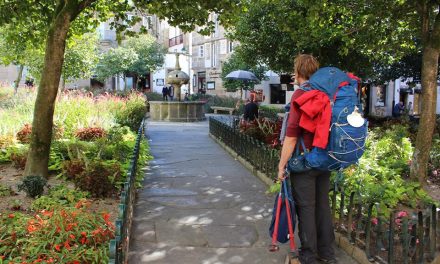Ferrol must have been one of the busiest ports in Galicia during the golden centuries of maritime pilgrimages: that is to say, between the thirteenth and seventeenth centuries. This port, together with that of A Coruña was the main destination for the ships carrying pilgrims from the Northern countries – Scandinavia, the British Isles or the Netherlands – which turned it into one of the two starting points of the English Way on Spanish soil. Thus, the pilgrim who arrives in Ferrol by sea or who simply decides to walk to Santiago from that town, will be able to walk the route of the English Way for 118 km. and obtain his Compostela when he arrives in Santiago.
But the port of Ferrol would also have received ships with pilgrims from other ports in France and northern Spain during the ongoing wars and conflicts, such as the Hundred Years War, when pilgrimage by land was more dangerous and more difficult than travelling by sea.
The history of Ferrol is linked to the sea- its beginning and development depended on its being a safe haven on a sheltered estuary. This commercial and military link with the sea, led to the fact that in 1726 it became the naval base destined to control the maritime interests of Spain. From that moment, the town went through a period of expansion that made it the one we can visit today: a town that is the fruit of the Enlightenment, urbanism and architecture of the 18th century.
However, the history of Ferrol dates from a considerably earlier period; for records exist of a settlement bearing that name from 1087, the date of a document of donation which is kept at the nearby monastery of San Martín de Jubia. There was then a medieval Ferrol, whose traces can be seen in the current district of Ferrol Vello, where the traditional architecture of the Galician fishing villages- old houses with wooden balconies and houses with galleries dating from the nineteenth century-co-exist alongside some remains of the powerful noble houses that once held sway- the counts of Traba in the XI-XIII centuries and those of Andrade in the XIV-XV centuries.
The large maritime facilities, the port and its defenses- date from the eighteenth century. Its construction was the fruit of two brilliant ministers: Patiño and the Marqués da Ensenada and entailed the creation of the two new neighborhoods of Esteiro and Magdalena with which enlightened town planning was first introduced into Galicia. The neighborhood of La Magdalena was conceived as a residential area, where high officials, high ranking officers and merchants were housed and which, due to its heritage value, was declared a Historic-Artistic Site. Esteiro was created to house the workers who were employed in the new shipyards and port facilities. Its original layout consisted of six parallel streets.
Because of its location, the port of Ferrol was always considered as very safe, one of the safest in the world, as Juan de Molina said in his description of Galicia of 1550, but that did not prevent it from continuing to be an important military objective and that, periodically, it suffered attacks and attempts at conquest, most famous of all being carried out by the British Navy in 1800, when it landed on the nearby beach of Doniños.
For all this, Ferrol always needed important strong defenses. Some of them were built during the time of Philip II, around 1577, such as the forts of San Martin, San Felipe and La Palma – these last two still guard the estuary and only be reached by sea. Later, around 1750, an impressive military complex designed by the military engineer and architect Julián Sánchez Bort was built, of which there are still numerous remains that are well worth visiting: such as its monumental walled enclosure of which the “Baluarte del Infante”, “the” Baluarte de San Juan “and some remains of the” Baluarte de Canido “.
Currently Ferrol has almost 70,000 inhabitants and is a modern city full of life and new artistic and cultural projects. These include the programming of its magnificent Jofre Theater -which is also worth visiting for its nineteenth-century modernist architecture, a modern auditorium and then to urban or street art projects such as Las Meninas de Canido. Modern Ferrol still lives with its past and its traditions. During the Holy Week the processions of Ferrol are among the celebrated in Galicia, which is not to mention the museums and archives linked to its long naval traditions.
Photo: We have taken this image of the Commons Wikipedia project, its author is Jcfidy.

